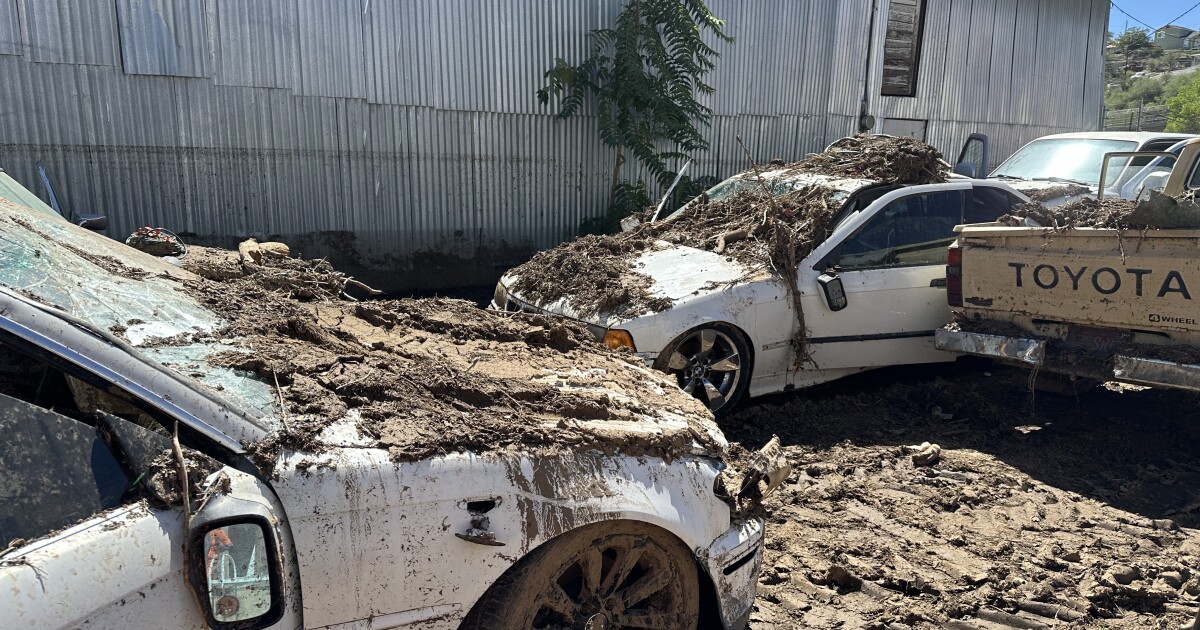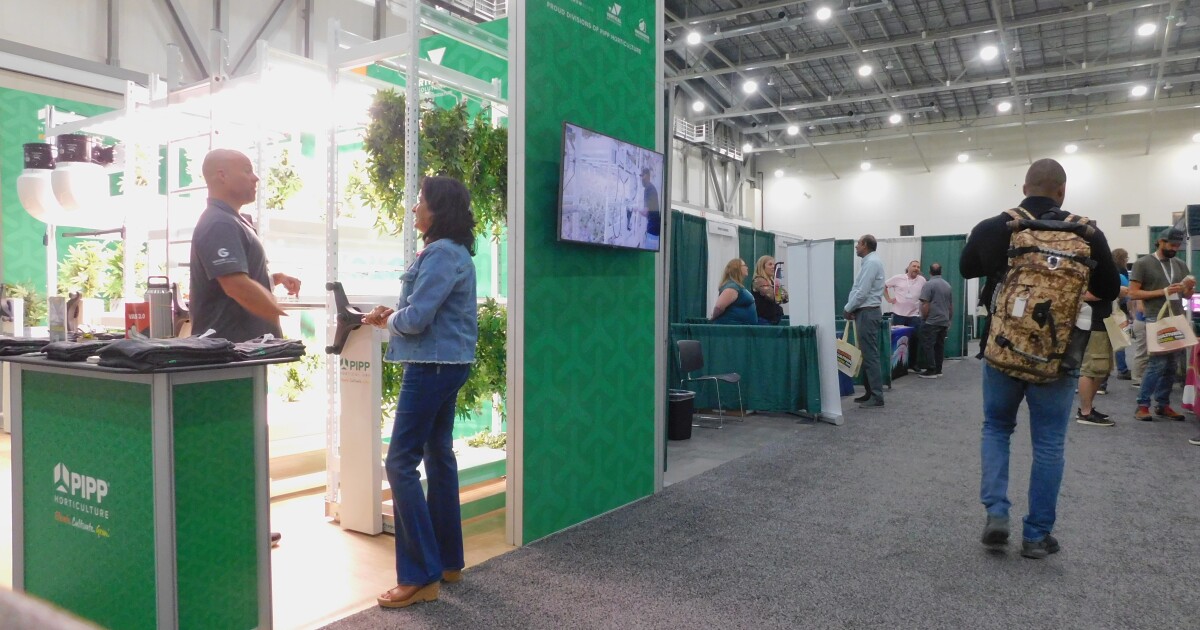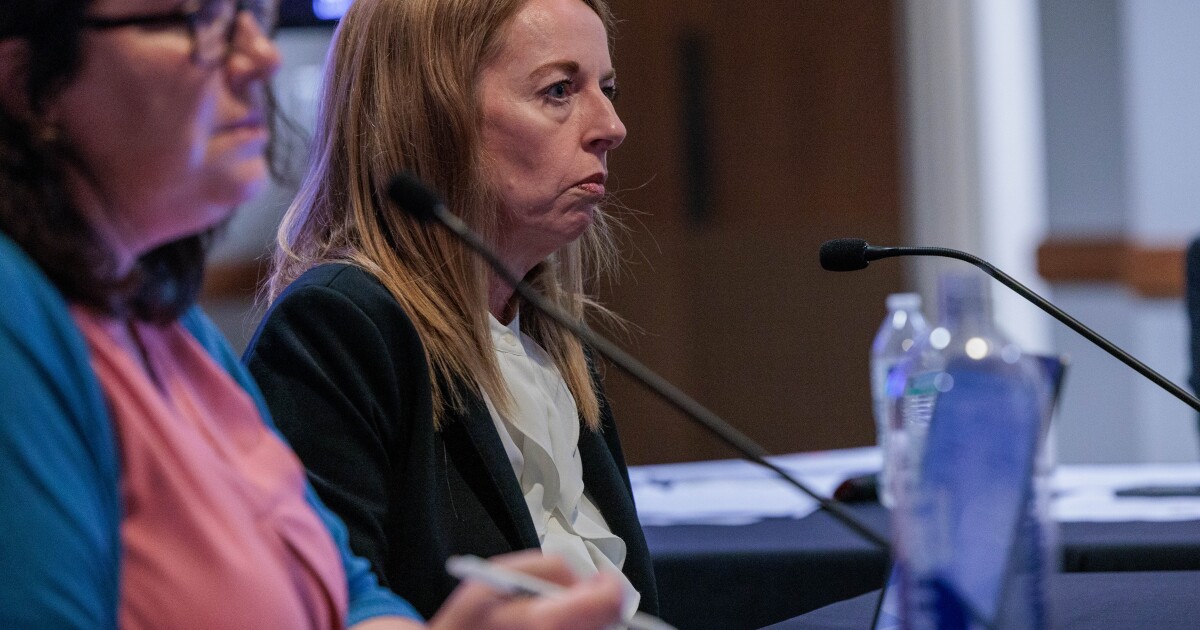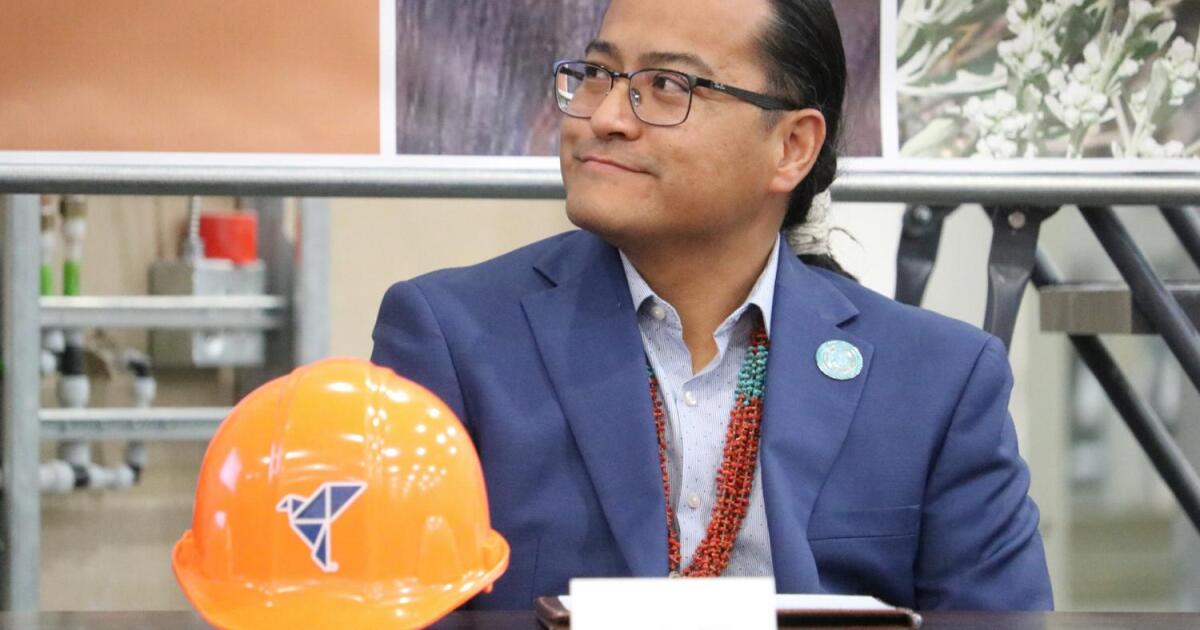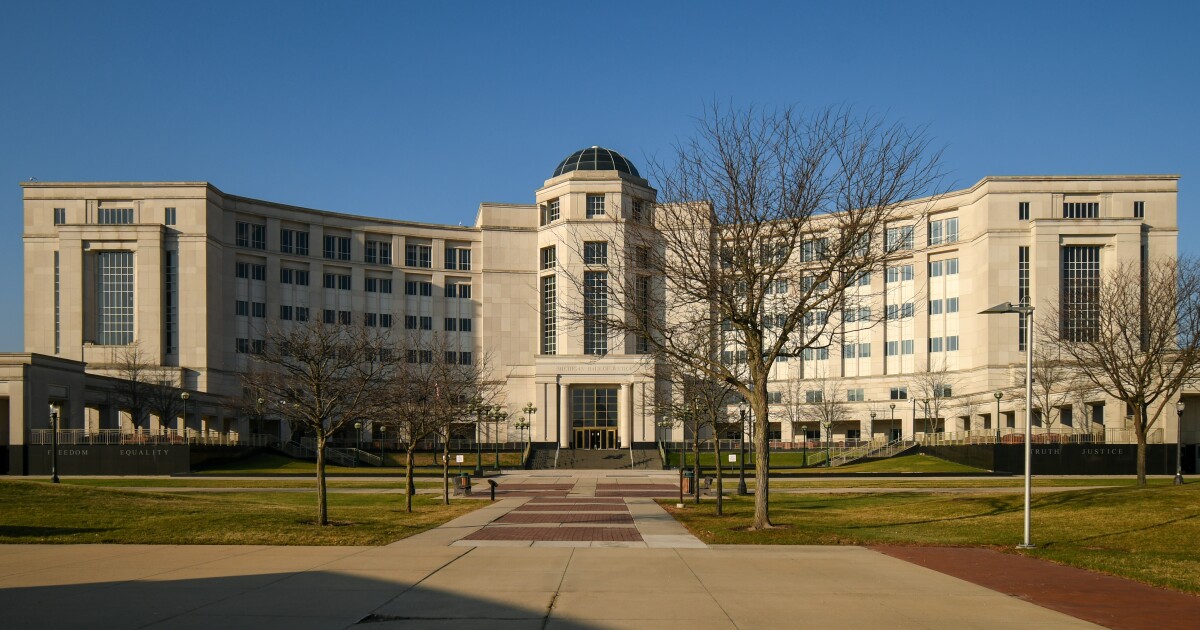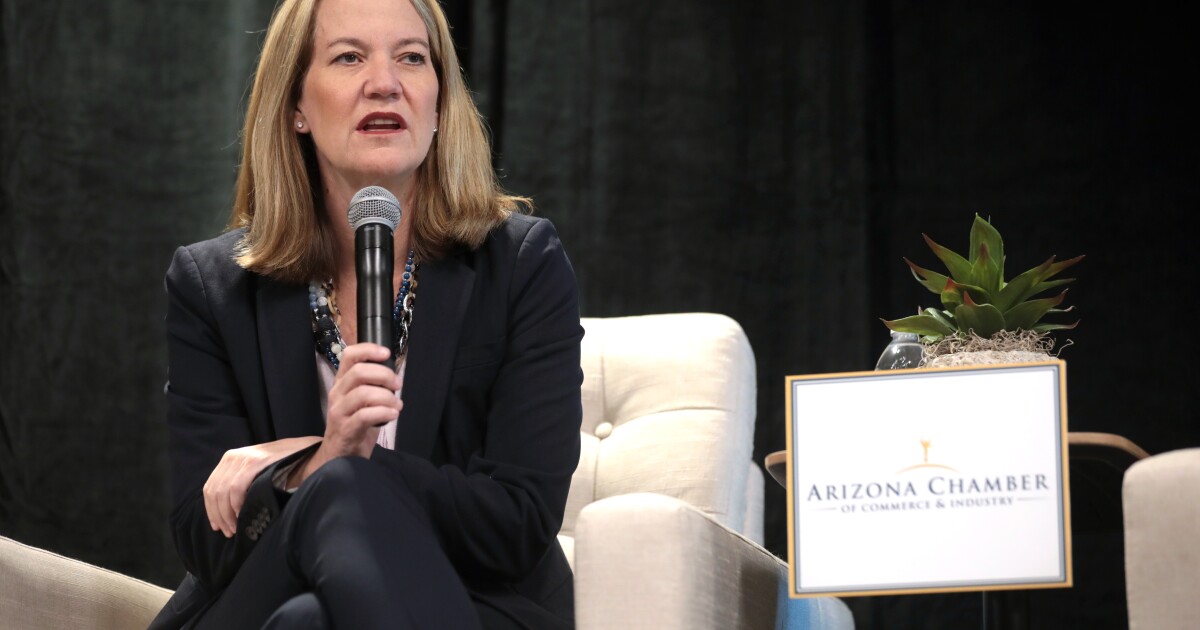U.S. Border Patrol’s Secretive Surveillance: The Unseen Eye on American Roads
In a landscape where technology and security intersect, the U.S. Border Patrol has quietly expanded its surveillance capabilities beyond traditional borders. According to an investigation by The Associated Press, the agency is now employing a covert program that monitors millions of American drivers to identify individuals with suspicious travel patterns.
This program, leveraging predictive intelligence, has led to numerous stops, searches, and arrests. Through a network of cameras that capture vehicle license plate data, an algorithm flags vehicles based on their travel routes. Federal agents, in turn, may alert local law enforcement to intervene.
Drivers often find themselves pulled over for minor infractions like speeding or a dangling air freshener, unaware that their travel routes have triggered law enforcement interest. Historically confined to border areas, the Border Patrol’s surveillance system now extends deep into the U.S., monitoring everyday activities for unusual patterns.
The agency’s reach has grown through collaborations with the Drug Enforcement Administration, private firms, and local law enforcement. Documents reveal requests for facial recognition technology from Texas law enforcement for identifying drivers.
Beyond Borders: Expansion of Surveillance
Under the Trump administration, U.S. Customs and Border Protection (CBP) received substantial funding to enhance border surveillance with advanced technologies like artificial intelligence. This expansion has created a comprehensive surveillance network focused on vehicles, a particularly American concern.
Details of this system emerged from interviews with former government officials, local authorities, and privacy experts, alongside an extensive review of legal and governmental documents. The Border Patrol has maintained secrecy around its license plate reader program, often omitting details from legal proceedings and concealing camera placements in traffic equipment.
The criteria for suspicious behavior include driving on back roads, using rental cars, or making quick border region trips. Camera networks extend from the U.S.-Mexico border to the U.S.-Canada border, affecting major cities like Chicago and Detroit. An AP investigation identified cameras far from the border, such as in Phoenix, Arizona, and near the Michigan-Indiana border.
CBP asserts that their license plate readers are essential for identifying threats and disrupting criminal networks, governed by strict policies and legal frameworks. The agency also notes its legal authority to operate nationwide, despite primarily functioning within 100 miles of borders.
Legal and Ethical Concerns
Though courts generally uphold public road data collection, some legal scholars, like Andrew Ferguson, argue that extensive surveillance may violate the Fourth Amendment, which guards against unreasonable searches.
This surveillance method aligns with global trends, where countries, including China and democracies in Europe, employ wide-ranging surveillance for security.
Nicole Ozer, executive director of the Center for Constitutional Democracy at UC Law San Francisco, criticized the program: “They are collecting mass amounts of information about who people are, where they go, what they do, and who they know … engaging in dragnet surveillance of Americans on the streets, on the highways, in their cities, in their communities.”
Case Studies: The Human Impact
An example of the program’s impact is the case of Lorenzo Gutierrez Lugo, a driver stopped in Texas for minor speeding. His vehicle, flagged by Border Patrol, was searched for contraband, resulting in his arrest for money laundering. However, no charges were filed, and his employer, Luis Barrios, had to spend $20,000 for legal fees.
In another instance, Houston resident Alek Schott was pulled over after a tip-off regarding his travel patterns. His car was searched for over an hour without any findings. Schott’s lawsuit highlights the broader issue of mass surveillance and its implications on personal freedoms.
Border Patrol’s data sharing with local law enforcement through chat groups reveals how detailed information about travel patterns is informally shared, raising concerns about privacy and the extent of surveillance.
Technological Surveillance: A Growing Network
License plate readers, initially authorized for specific investigations, have become permanent in many areas. CBP’s budget requests indicate a focus on utilizing these technologies to monitor travel patterns linked to illegal activities.
CBP’s surveillance extends through partnerships with private companies like Rekor, Vigilant Solutions, and Flock Safety, allowing access to a vast network of license plate readers. However, some companies, like Flock, have paused their data sharing amid privacy concerns.
Public records requests reveal that Border Patrol often disguises its equipment in traffic barrels or jobsite equipment to maintain secrecy. Despite some states withholding records, the AP identified numerous camera placements through other means.
Transformation into a Domestic Intelligence Entity
CBP’s role has expanded to resemble a domestic intelligence agency, with access to comprehensive information from ports, airports, and intelligence centers. Programs like Operation Stonegarden fund local law enforcement for surveillance equipment and overtime, integrating them into Border Patrol operations.
While some former officials report high success rates in detecting contraband, others are skeptical of the program’s effectiveness based on license plate patterns alone. The expansion of Border Patrol’s operations into the interior U.S. has increased encounters with the public, often leading to legal challenges over constitutional rights.
Christie Hebert, representing Schott, stated, “What we found was something much larger — a system of mass surveillance that threatens people’s freedom of movement.” The AP’s findings reveal multiple instances where individuals are ensnared in this extensive surveillance network, often based on vague suspicions or routine travel patterns.
—
Read More Arizona News



